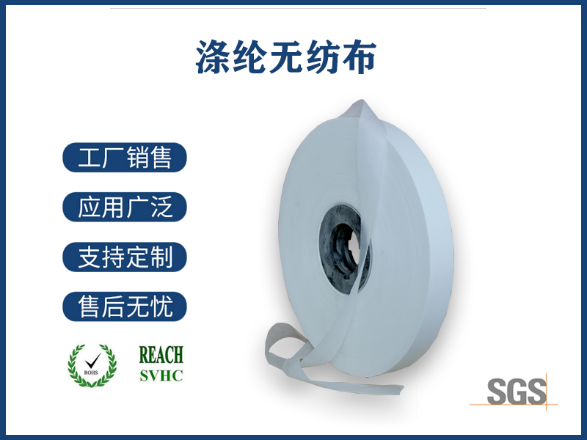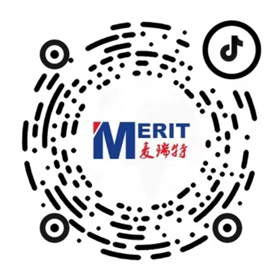
Title: “Understanding Non-Woven Fabric: What’s the English Term?” Non-woven fabric, a term that may seem unfamiliar to many, is a versatile material that has become an integral part of our daily lives. Whether you realize it or not, non-woven fabrics play a significant role in various industries and applications. In this article, we will explore what non-woven fabric is, its uses, and most importantly, how to refer to it in English. What is Non-Woven Fabric? Non-woven fabric differs from traditional textiles in that it does not require weaving or knitting to form a sheet. Instead, it is created by bonding fibers together using chemical, mechanical, heat, or solvent treatment processes. This unique manufacturing process results in a fabric that boasts properties such as high strength, softness, and durability, yet remains lightweight and breathable. Applications Across Industries The versatility of non-woven fabric makes it a popular choice across numerous sectors. In the medical field, it is often used for items like disposable surgical gowns, face masks, and sanitary napkins due to its hypoallergenic nature and fluid resistance. The agricultural industry leverages non-woven fabrics for crop covers and plant protection. Additionally, non-woven materials are prevalent in personal care products, home furnishings, and even in the automotive sector for interior parts and filtration systems. How to Say Non-Woven Fabric in English Now, let’s address the query at the heart of our discussion – how do you say ‘non-woven fabric’ in English? The term is straightforward and translates directly as “non-woven fabric.” It is a widely recognized term in both industry jargon and everyday use, especially within the context of materials science and textile engineering. When discussing specific types of non-woven fabrics or their attributes, additional descriptive terms might be necessary, but the core phrase remains consistent. In conclusion, non-woven fabric is a critical component in modern life with far-reaching implications. It’s essential to know not only what it is and where it’s used but also how to accurately reference it in English. As we continue to innovate and find new applications for this remarkable material, being able to communicate about non-woven fabric effectively becomes increasingly important in both professional and casual conversations alike.




 客服QQ
客服QQ